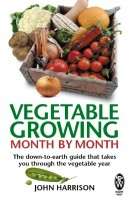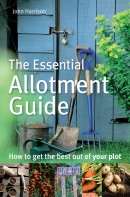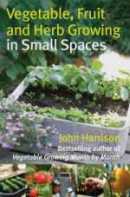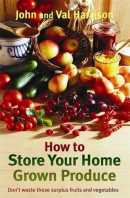January usually brings hard frosts but with a bit of luck you will have the opportunity to catch up with those winter jobs you are behind on. It may well be your last chance before really cold weather sets in and the ground is frozen solid, so don’t procrastinate. If the day is fine, get out into it. If nothing else you will feel better for the fresh air.

January Vegetable Plot with Standing Leeks
Check Your Stored Vegetables
Check your stored vegetables carefully, for rot will pass easily one to another. The saying, ‘one bad apple spoils the barrel’ has a lot of truth in it. Empty the sacks of potatoes, checking them for rot and any slugs that might have been over-wintering unnoticed. Your nose is a good indicator, often you will smell rot even if it is not immediately apparent to the eye.
Strung onions should also be checked, rot usually starts from the underside of the onion and this is the place to look at closely.
What to Sow in January
Although January is definitely not a month for outdoor sowing and planting, you can try starting some summer cauliflowers in a frost free greenhouse or even a coldframe.
Bulb onions from seed can be started towards the end of the month. If you’ve a heated propagator tomatoes and aubergines can be started under heat.
Extend the Growing Season with a Coldframe
If you want to really extend your season, you can build a wooden sided coldframe insulated with polystyrene tiles or sheets, often available from electrical retailers as discarded packaging, will be surprisingly warm even in cold weather.
The white colour of the polystyrene reflects light onto the plant, which is helpful. Don’t forget to cover at night with some form of insulation although even this small chore can be dispensed with by using some bubble plastic under the lights or even old double glazing.
Runner Bean Trench
One task you can start in January is building a traditional runner bean trench. Since runner beans like a rich damp soil, this old method is still effective especially where you have sandy soils. Dig a trench where the beans are to go, around 20 to 30cm deep and wide is ideal, line with newspaper and then add kitchen waste, old brassica stalks (assuming you have no clubroot on the plot) etc into the trench until it is nearly full covering with soil to keep off any rats as you go. You don’t need to do it in one go, a section at a time is best if only to stop the papers blowing away.
When you come to spring the compost materials will have sunk and this provides a depression to help with watering the beans later in the year.
Potatoes – Chitting and Early Planting
Start chitting your potatoes in January to ensure good strong sprouts to get them off to a good start when you plant out. If it is looking like a mild year, you can try planting two or three tubers of a first early in a greenhouse, either in a border or bags. Alternatively you can use a coldframe if it’s warm enough to keep it frost-free.
I am fortunate to have a plastic raised bed base about 1m by 50cm and 20cm high to which a twinwall polycarbonate coldframe attaches that provides shelter and depth for a really early crop so long as the weather isn’t too drastic.
Copyright © John Harrison who can also be found at his website Allotment Garden
Monthly Growing Guides
- Vegetable & Fruit Growing in January
- Vegetable & Fruit Growing in February
- Vegetable & Fruit Growing in March
- Vegetable & Fruit Growing in April
- Vegetable & Fruit Growing in May
- Vegetable & Fruit Growing in June
- Vegetable & Fruit Growing in July
- Vegetable & Fruit Growing in August
- Vegetable & Fruit Growing in September
- Vegetable & Fruit Growing in October
- Vegetable & Fruit Growing in November
- Vegetable & Fruit Growing in December




